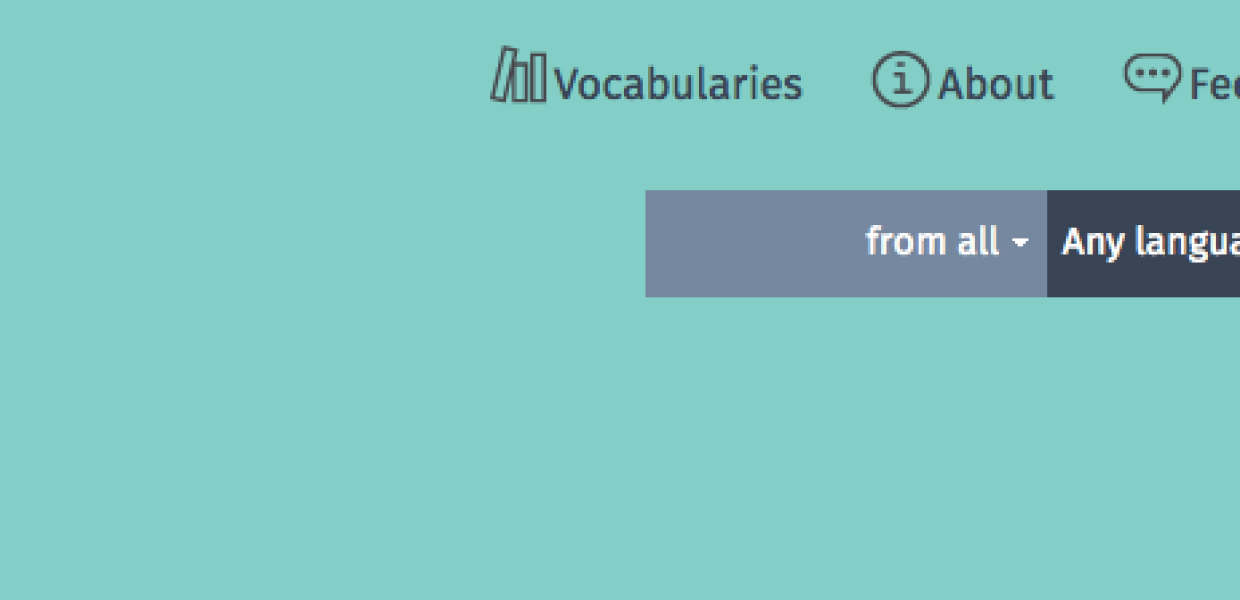Who's Using What - Eero Hyvönen Developer Profile


In this new series "Who's Using What?", EuropeanaTech Community Manager Gregory Markus from the Netherlands Institute for Sound and Vision, will be profiling the use of open source software within the EuropeanaTech Communty and the greater digital cultural heritage world at large. Software will range from storytelling tools that enable reuse to OCRs or libraries and everything in between. Enjoy!
Eero Hyvönen
Professor Eero Hyvönen directs the Semantic Computing Research Group SeCo at Aalto Universiy, Finland. Since 2002, a major goal and research theme in SeCo has been creating a national Semantic Web infrastructure in Finland based on ontologies and ontology and data services. In this work, Cultural Heritage Linked Data has been a major application domain and many applications of SeCo are now in use, such as MuseumFinland; (2004), CultureSampo; (2008), BookSampo; (2011) of Finnish Public Libraries, and ONKI (2008) Finto; (2014) ontology service of the National Library of Finland. Using and creating Open Source tools and Linked Open Data has been a long tradition in SeCo. He has published over 300 research articles and books in addition to winning the Semantic Web Challence Award (twice) and several other awards. We are pleased to feature Mr. Eero Hyvönen in our latest addition of "Who's Using What?"
1. What open source tools are you currently working with?
Our infrastructure is based on W3C Semantic Web ;standards and on thesauri, gazetteers, and data sources already in use in Finland. At the moment we use, e.g.,Jena Fuseki, and Varnish for the “7-star” Linked Data Finland data service and ONKI Light Skosmos for ontology services, Silk and Sieve for data aligning,Lucene for data indexing and searching, YASGUI for SPARQL querying, protégé for ontology editing, LODE and vocab.at for dataset documentation, and jQuery , AngularJS, D3.js, and Sgwizler for user interfaces and visualizations.
2. What open source tools have you used in the past to develop larger applications?
There are also quite a few Open Source tools that we have used in larger applications before, such as Cocoon, Spring, and Tapestry as web development frameworks, and SWI Prolog for logic programming.
3. What are you currently developing?
On the tooling side, the SeCo Lexical Analysis Service combines various open source language technology tools into a web service, and SPARQL SAHA makes use of them for automatic annotation and data curation. Aether is a tool for analyzing Linked Data dynamics, csv2whatever is a tool for data transformations, and Snapper is a browser-based Turtle editor.
For linked data and ontology creation, publishing, and reuse, the Linked Data Finland platform is being developed further and is combined with various tools for a comprehensive Linked Data publishing service.
Application prototypes being developed at the moment include Semantic National Biography for enriching and linking over 6300 of short life stories on the Semantic Web, Semantic Finlex for publishing and using Finnish legislation as a Linked Data service, and WarSampo for publishing historical datasets as Linked Data related to WW1 and WW2. We collaborate with historians in Stanford University, University of Oxford, and Colorado University Boulder regarding representing and visualizing history as Linked Data.
4. What would you like to see developed?
The Web of Data, based on RDF and complicated semantics, requires collaboration and mutual agreements and standards between data publishers and users. When one creates data, one should also think, how it will link with the other parties’ data around, otherwise problems will arise later. Problems, that could have been prevented by collaboration and using a shared Semantic Web infrastructure and services. Albert Einstein’s saying “Intellectuals solve problems, geniuses prevent them” has been a motto in our work, aiming creating a sustainable, cross-domain Semantic Web infrastructure and applications in Finland, compatible with international developments.
If you'd like your work profiled in this column contact Gregory Markus at gmarkus@beeldengeluid.nl.
For more open source tools see the EuropeanaTech FLOSS Inventory
